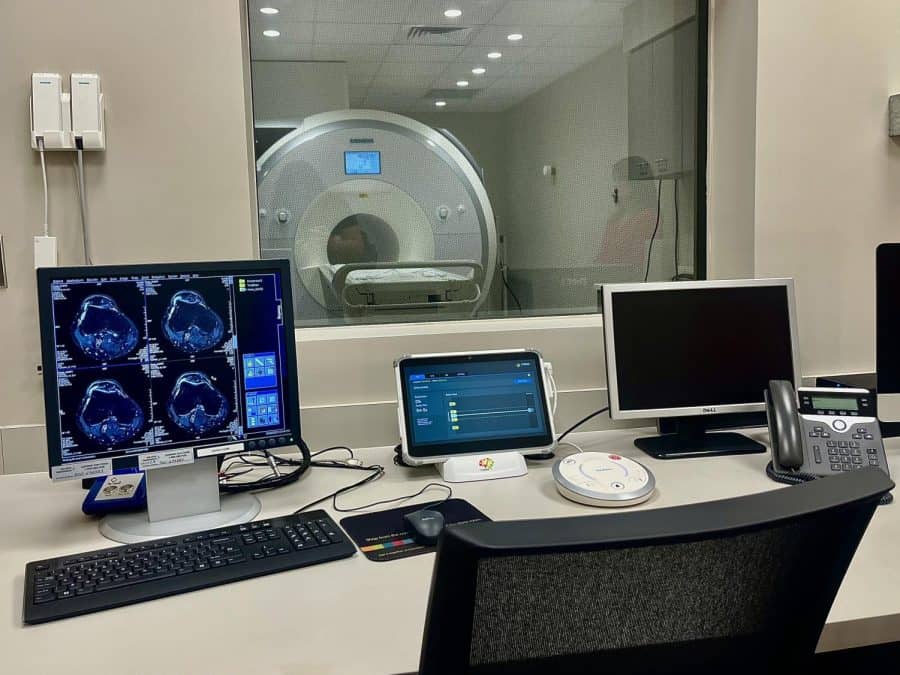‘The new frontier’: UA opens new MRI research facility
November 2, 2022
After a years-long endeavor, The University of Alabama celebrated the grand opening of the new UA MRI Research Facility on Oct. 28.
Located on the basement floor of the Student Health Center, the 9,700 square foot facility houses the University’s first MRI scanner and will soon include a mock scanner built by undergraduate students. The project was first put into motion in 2019.
This grand opening follows the decision by the UA System board of trustees that the University will offer a Bachelor of Science degree in Neuroscience next year. Previously, neuroscience was only offered as a minor.
The facility will extend opportunities to students in degree plans of all levels — with a particular focus on involving undergraduate students — as well as to students involved with majors outside of neuroscience.
Russel Mumper, vice president for economic research and development, said the University’s status as a Reseach 1 school enabled the University to set projects like the MRI facility in motion. An R1 school, as recognized by the Carnegie Foundation, has high levels of research activity on its campus.
“It was really important that our research enterprise aligns the research mission with the academic mission,” Mumper said. “We also want to include students in the societal and economic impact that we can create.”
Sharlene Newman, the executive director of the Alabama Life Research Institute, which will oversee the scanner, said the facility is child-friendly, has the capacity to run electroencephalogram scans and collect bio samples, and was specially crafted to be accessible to all levels of researchers at the University.
“This place was built with research in mind,” Newman said. “We want undergraduates and graduate students in this space, doing research and collaborating with our faculty to collect data and learn how to analyze it.”
A mechanical engineering senior design class will be building the mock scanner, which will be an empty shell of an MRI to demonstrate what the machine looks like without having to use the real technology. Undergraduate senior computer science students will be “building out the processing pipelines through the use of the high-performance computing system,” according to Newman.
Mumper said there is a lot of excitement for the potential the facility has to advance the research and academic missions of the University.
“The research we’re doing is on the new frontier of science: the brain,” Mumper said. “We’re setting the stage for making great discoveries, and now we can involve students in those discoveries, too, from the undergraduate level all the way to PhD level.”











